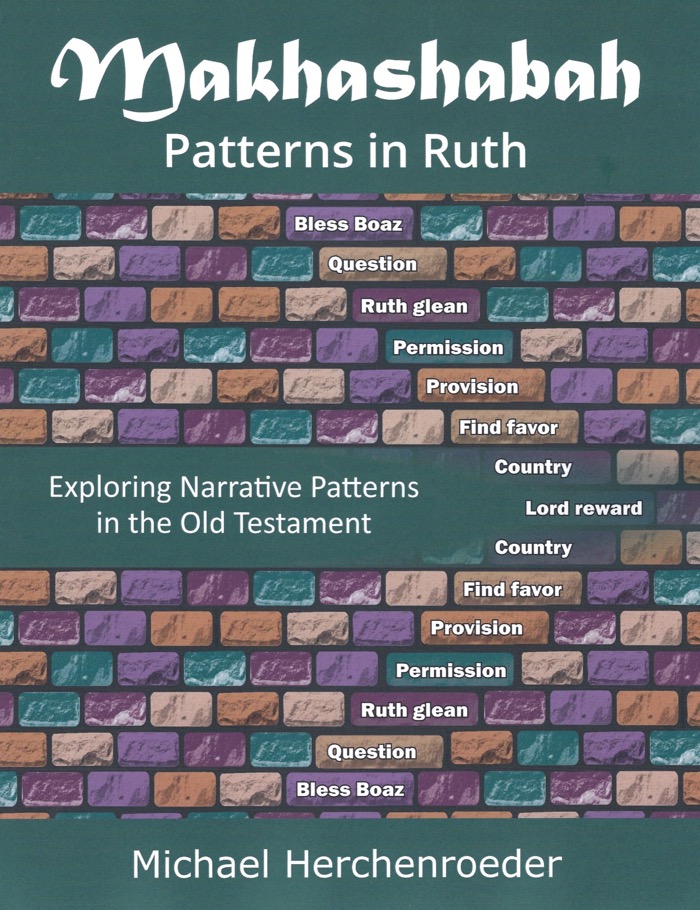Makhashabah: Patterns in Ruth: Exploring Narrative Patterns in the Old Testament
Reviewed date: 2020 Aug 29
80 pages
Do you like chiasms? Do you really like chiasms?
I do like chiasms. I knew that Ruth had chiasms, like most Old Testament scripture, but wow, so many chiasms. Big chiasms. Little chiasms. Chiams within chiasms. Parallel chiasms. It's so many chiasms you'll need a bookful of charts and a whole new notational system to label them--and this book provides.
There's more than chiasms in Ruth, though. There are other literary and storytelling techniques. (In fact, one might say that the chiasms aren't the primary layer of the text; they are a secondary pattern overlaid onto the text. And when I say "one might say", I mean the author of this book, because I certainly didn't come up with this.)
I've often wondered how much of literary technique is intentional and purposeful, and how much happens organically when a skilled author puts pen to paper. In the case of Ruth, Makhashabah gives strong evidence that everything is by design. The author of Ruth deliberately crafted the story in this way in order to emphasize and highlight the important themes he wanted to convey. It's possible that some small bits of parallelism are by happenstance, but there's no way the entire structure of Ruth emerged by accident. This is the work of a skilled writer, working with storytelling conventions and structures familiar to the ancient Hebrews.
